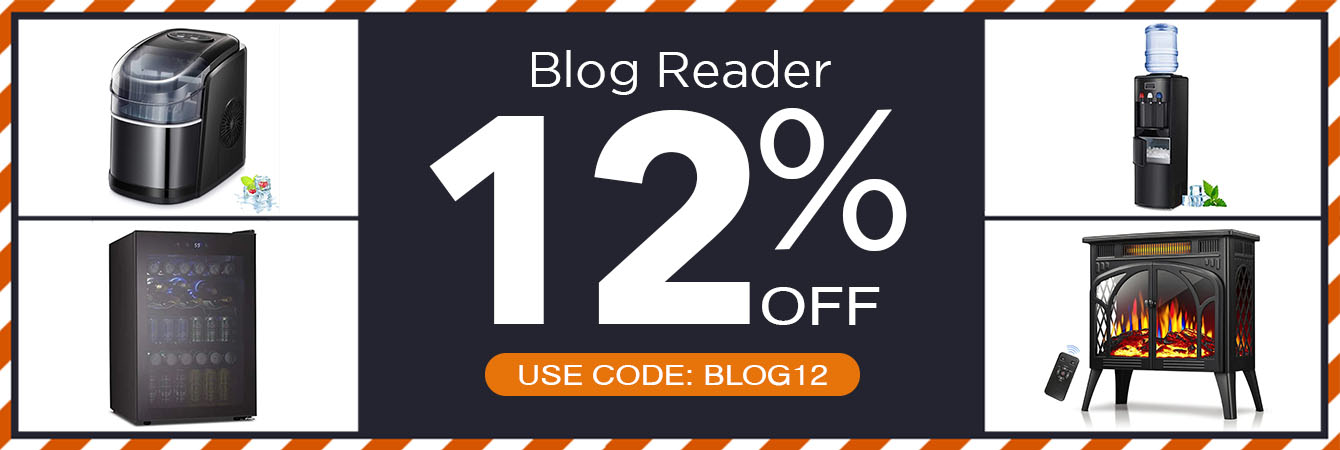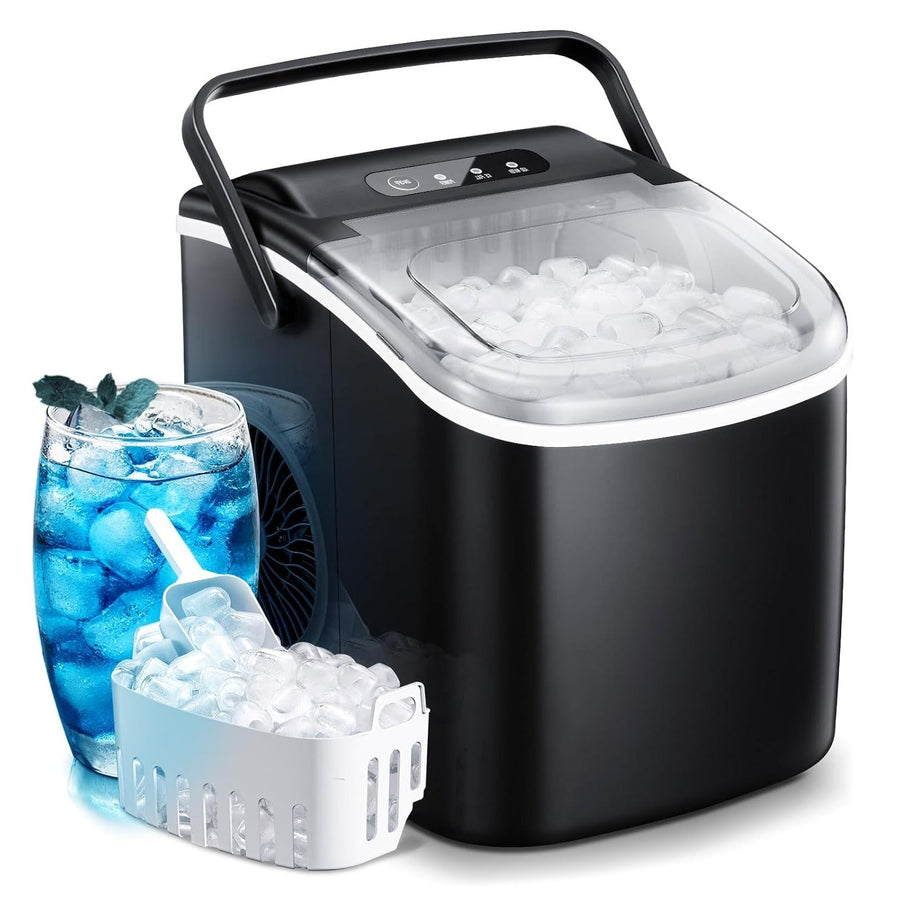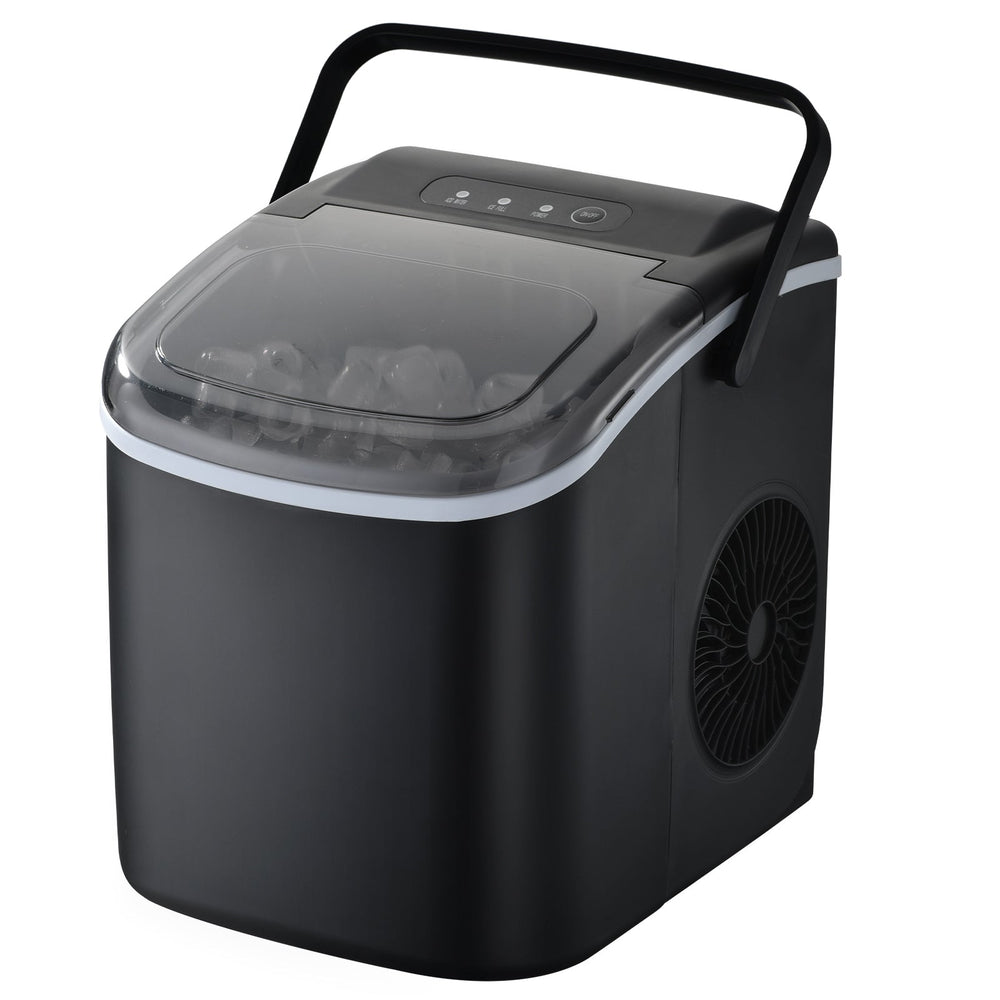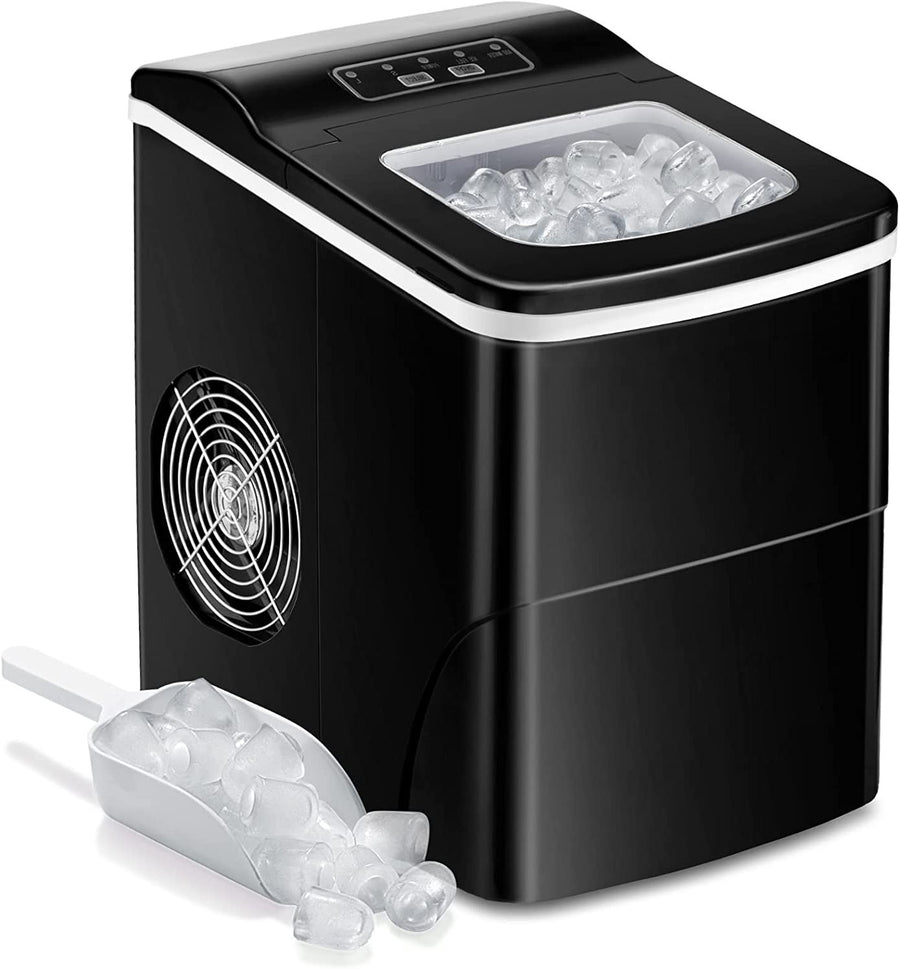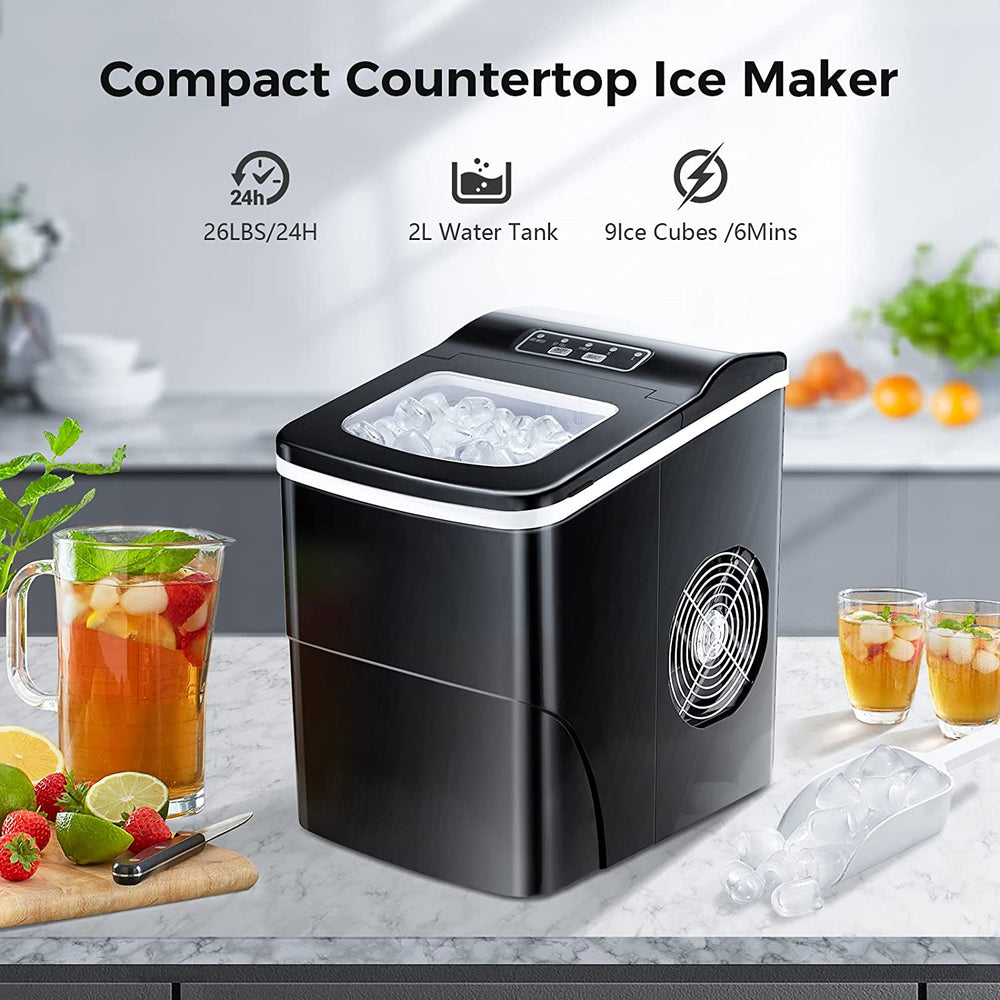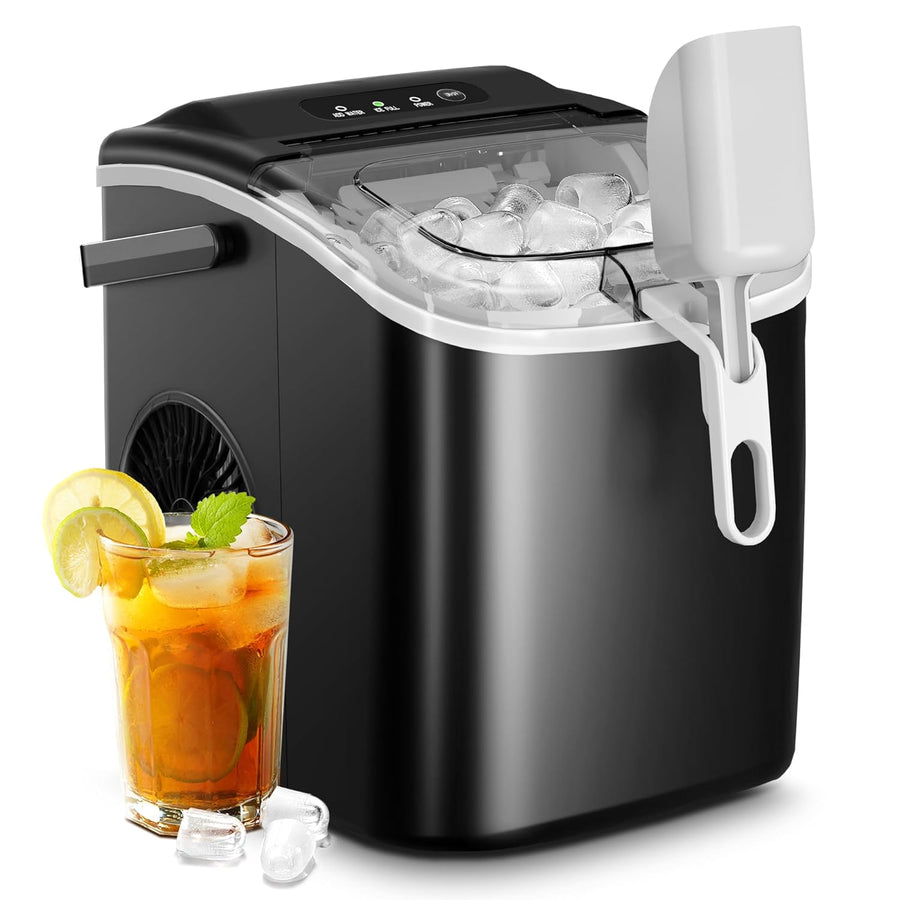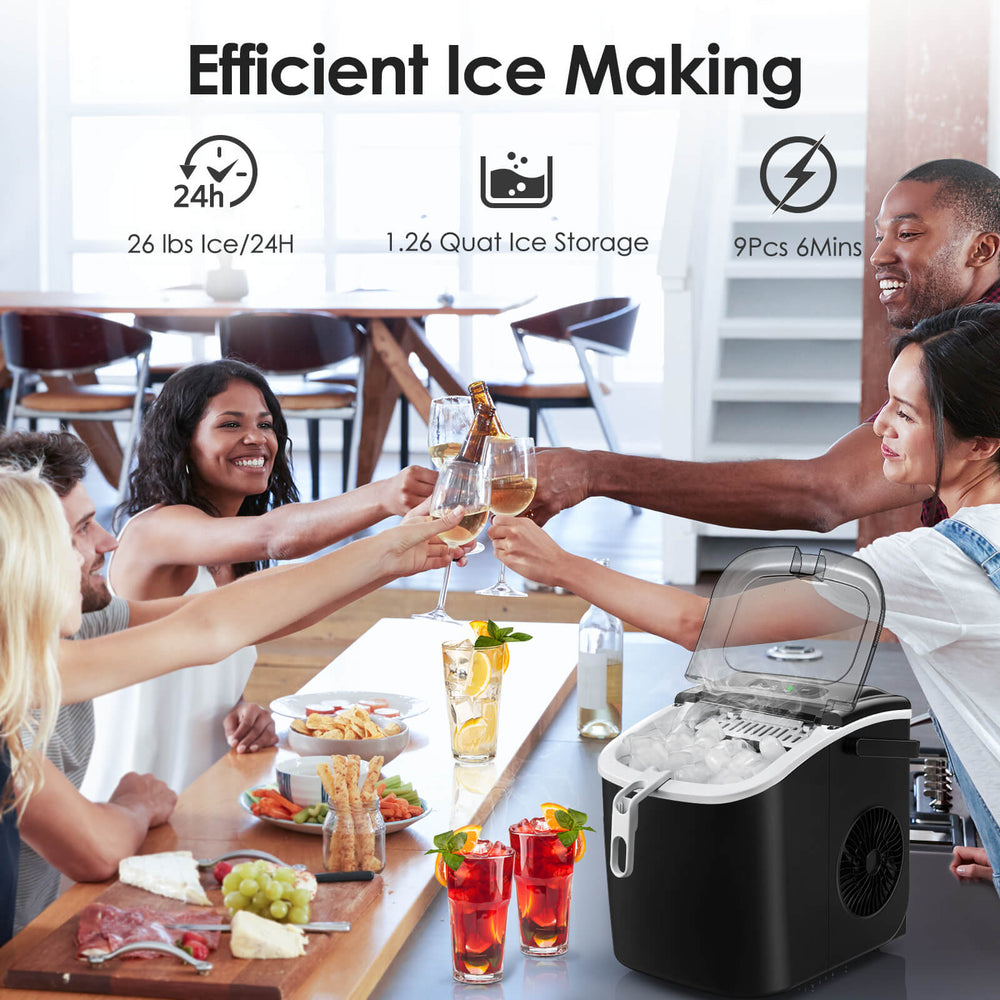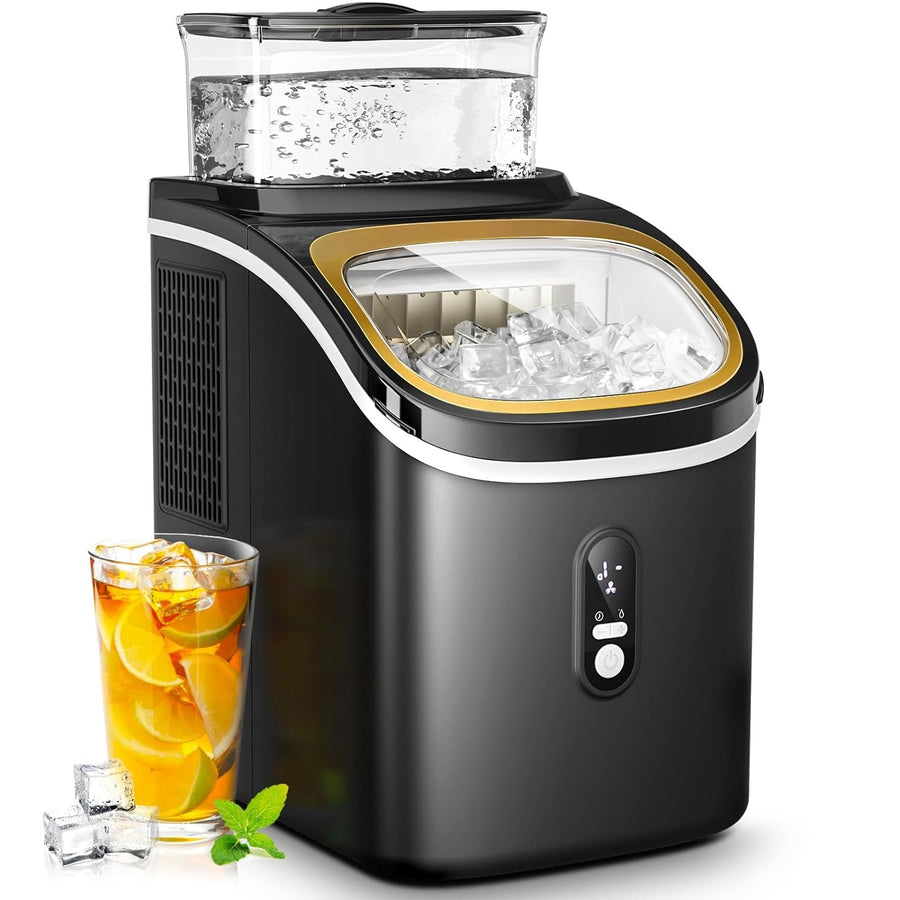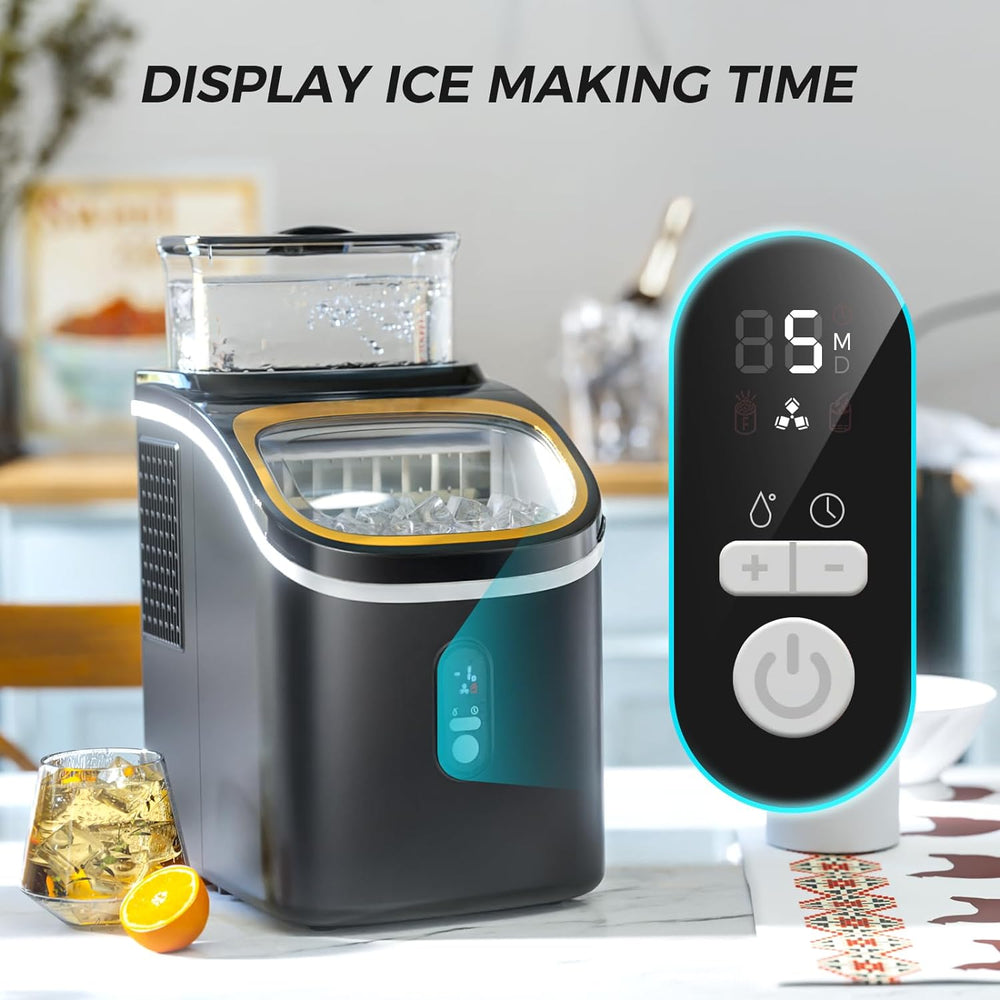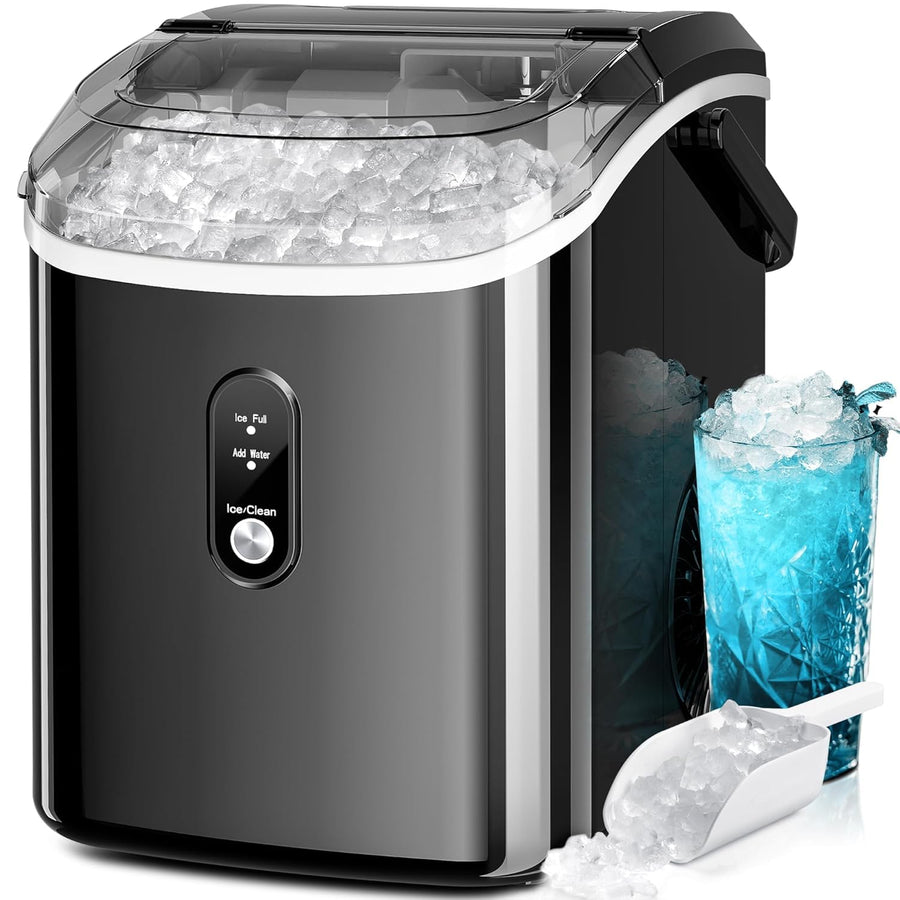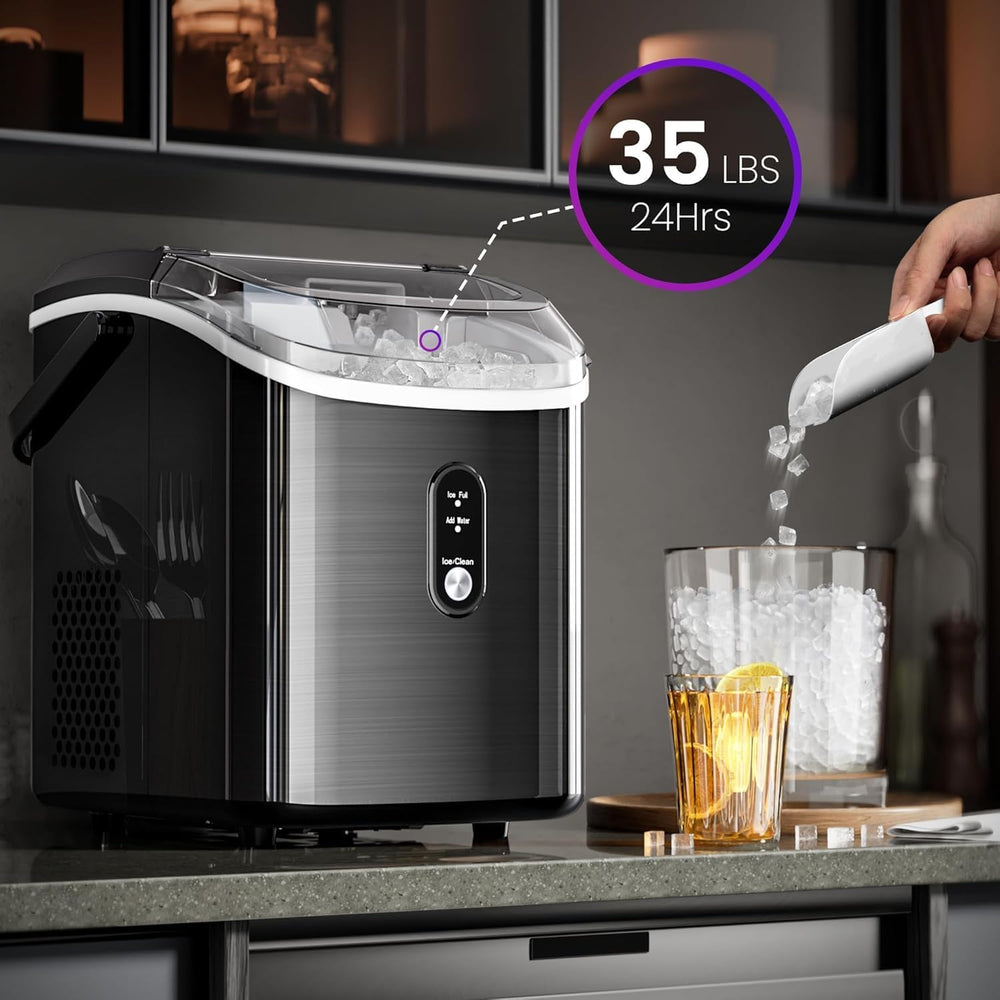Why your ice maker makes cloudy, bad-tasting ice and how to fix it
Love your countertop ice maker but hate the funky taste of its cubes? You’re not alone. This phenomenon usually occurs not because of machine failure, but mainly due to two reasons: inadequate daily maintenance and water quality issues. In this blog post, we will analyze the causes of unpleasant odors in ice cubes produced by ice makers and how to repair them yourself.
Common causes of cloudy or bad-tasting ice
-
Impurities in water
The most common cause of cloudy or odorous ice cubes is the water itself. Tap water typically contains minerals, chlorine, and other impurities that can easily lead to scale buildup. When water freezes, these components may also become concentrated in the ice cubes, causing them to become cloudy and have a slight chemical odor. Using unfiltered or hard water can exacerbate this problem, especially in areas with high mineral content.
-
Air bubbles
When water freezes too quickly or unevenly inside an ice maker, air pockets may remain in the ice cubes. These bubbles can also reduce the transparency of the ice cubes and even affect their taste. Tests show that ice makers that use single-step freezing or extremely low-temperature freezing are more likely to trap air.
-
Uncleaned ice maker
Residual substances, mold, or bacteria buildup inside the ice maker due to prolonged lack of cleaning are also one of the main causes of cloudy ice and unpleasant odors. Therefore, even if water quality is maintained through timely cleaning, improper maintenance of the ice maker may introduce contaminants, thereby affecting ice quality. Therefore, the self-cleaning function has now basically become one of the common features of every ice maker.
-
Expired or spoiled ice cubes
Generally speaking, ice cubes stored in ice cube trays for too long will absorb odors from the freezer compartment, resulting in poor taste. Similarly, ice cubes stored in ice cube baskets in ice makers for too long may also deteriorate or develop a slight foul odor.
How to fix cloudy or bad-tasting ice
-
Use filtered or purified water
One of the simplest ways to improve the quality of ice cubes is to use filtered water or bottled water. Purified water removes most minerals and chlorine, resulting in clearer, better-tasting ice cubes. Therefore, many high-quality ice makers recommend using filtered water to ensure optimal results.
-
Clean your ice maker regularly
Regular maintenance is very important and is also the most basic step. The following are the steps for DIY cleaning: before cleaning your ice maker, first unplug it and remove any remaining ice cubes and water. Then, wipe all surfaces with a mild detergent or a vinegar solution, and make sure to rinse thoroughly before restarting the machine. Cleaning at least once a month can effectively prevent the accumulation of bacteria, mold, and minerals, keeping the ice cubes fresh and safe.
-
Adjust freezing conditions
If your ice maker supports it, try to avoid the rapid freezing mode for clear ice cubes. Slower freezing reduces the formation of bubbles, thereby improving the transparency of the ice cubes. Ensure that the ice maker is placed horizontally and installed correctly so that the water freezes evenly.
-
Replace ice regularly
Do not store ice cubes for long periods of time. Ice cubes are freshest when consumed within 24 hours of being made. Avoid storing them for weeks, as this not only affects their taste but also makes them prone to developing odors and even harmful substances. This is also done to protect and support your toxic-free living.
Preventing cloudy and bad-tasting ice
Once your ice is clean and clear, keeping it that way is simple with a regular maintenance routine:
· Replace filters on schedule.
· Clean your machine every 1–2 months.
· Use a sealed storage container to prevent odor absorption.
· Regularly check water quality at your home.
When to seek professional help
Suppose the ice cubes are still cloudy and ice taste bad after following the above steps. In that case, the problem may be a mechanical failure, such as a faulty water inlet valve, blocked pipes, or a malfunctioning cooling system. Please contact the manufacturer or a certified technician for inspection and repair.
Final thoughts
Clear, refreshing ice cubes can make every drink taste better. By regularly maintaining your ice maker, using high-quality water, and following simple maintenance tips, you can say goodbye to cloudy, unpleasant-tasting ice cubes.











